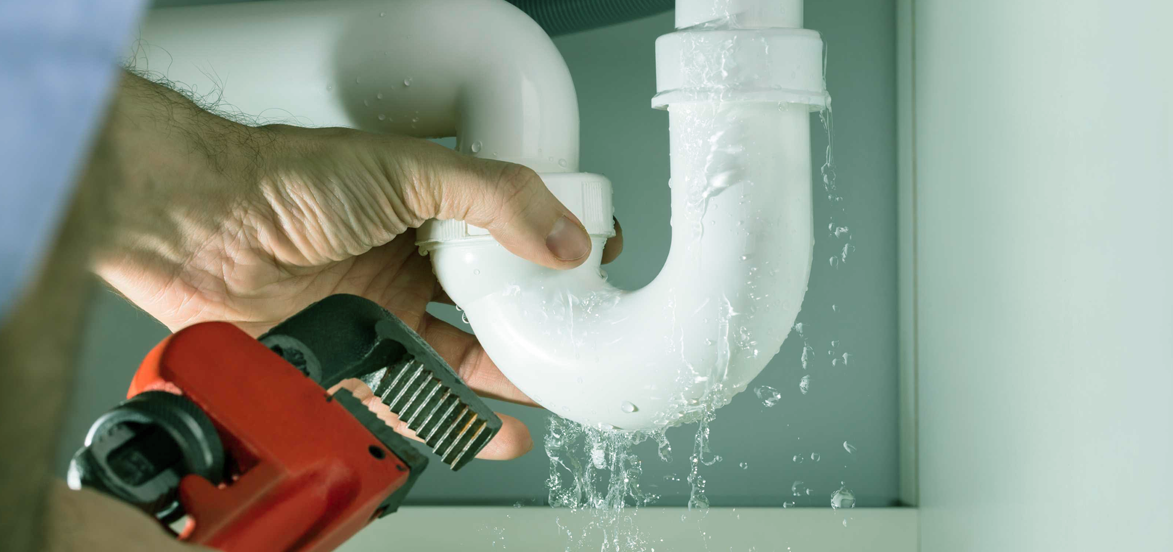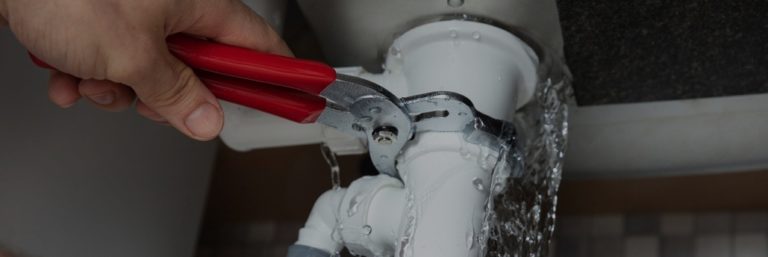Just about everyone seems to have their own individual rationale involving Leaking water lines.

Early discovery of dripping water lines can mitigate a prospective catastrophe. In addition to saving you money, it will lessen the aggravation and disappointment. The moment you locate a leakage, calling your plumber for repairs is the best solution. Some little water leakages may not be visible. Below are some hacks that help if you can not identify it with your nude eyes.
1. Analyze the Water Meter
Every home has a water meter. Examining it is a surefire manner in which assists you uncover leakages. For beginners, turn off all the water resources. Guarantee no one will certainly purge, use the tap, shower, run the washing machine or dishwasher. From there, most likely to the meter and watch if it will certainly change. Given that nobody is utilizing it, there ought to be no activities. If it moves, that shows a fast-moving leak. Furthermore, if you discover no changes, wait a hr or two as well as inspect back once again. This suggests you might have a slow-moving leakage that can also be underground.
2. Examine Water Intake
Assess your water costs as well as track your water usage. As the one paying it, you should notice if there are any kind of inconsistencies. If you detect sudden changes, in spite of your usage coinciding, it indicates that you have leakages in your plumbing system. Keep in mind, your water bill ought to fall under the exact same range monthly. A sudden spike in your expense indicates a fast-moving leakage.
At the same time, a consistent rise on a monthly basis, despite the very same practices, reveals you have a slow leakage that's additionally slowly intensifying. Call a plumber to thoroughly inspect your residential or commercial property, particularly if you really feel a cozy area on your flooring with piping beneath.
3. Do a Food Coloring Test
When it comes to water usage, 30% comes from toilets. If the shade in some way infiltrates your bowl during that time without flushing, there's a leak in between the tank as well as dish.
4. Asses Exterior Lines
Do not fail to remember to check your outdoor water lines also. Must water seep out of the link, you have a loosened rubber gasket. One small leakage can squander loads of water as well as increase your water bill.
5. Evaluate the circumstance and also evaluate
House owners need to make it a behavior to inspect under the sink counters and also also inside closets for any bad odor or mold growth. These 2 warnings indicate a leak so timely interest is required. Doing regular inspections, even bi-annually, can save you from a major trouble.
Check for stainings and compromising as many appliances and pipes have a life expectations. If you presume dripping water lines in your plumbing system, don't wait for it to escalate.
Early discovery of dripping water lines can reduce a possible disaster. Some tiny water leakages might not be visible. Inspecting it is a surefire means that helps you find leakages. One little leakage can waste lots of water and also increase your water bill.
If you suspect leaking water lines in your plumbing system, do not wait for it to intensify.
WARNING SIGNS OF WATER LEAKAGE BEHIND THE WALL
PERSISTENT MUSTY ODORS
As water slowly drips from a leaky pipe inside the wall, flooring and sheetrock stay damp and develop an odor similar to wet cardboard. It generates a musty smell that can help you find hidden leaks.
MOLD IN UNUSUAL AREAS
Mold usually grows in wet areas like kitchens, baths and laundry rooms. If you spot the stuff on walls or baseboards in other rooms of the house, it’s a good indicator of undetected water leaks.
STAINS THAT GROW
When mold thrives around a leaky pipe, it sometimes takes hold on the inside surface of the affected wall. A growing stain on otherwise clean sheetrock is often your sign of a hidden plumbing problem.
PEELING OR BUBBLING WALLPAPER / PAINT
This clue is easy to miss in rooms that don’t get much use. When you see wallpaper separating along seams or paint bubbling or flaking off the wall, blame sheetrock that stays wet because of an undetected leak.
BUCKLED CEILINGS AND STAINED FLOORS
If ceilings or floors in bathrooms, kitchens or laundry areas develop structural problems, don’t rule out constant damp inside the walls. Wet sheetrock can affect adjacent framing, flooring and ceilings.
https://www.servicemasterbyzaba.com/blog/how-to-detect-water-leakage-in-walls/

As a serious reader on Hacks to detect leaks, I think sharing that excerpt was a good thing. Appreciated our write up? Please share it. Let other people locate it. We value reading our article about Locating water leaks.
We're alert, ring!
Comments on “Uncover Hidden Water Line Leaks: Six Proven Ways for Detecting”